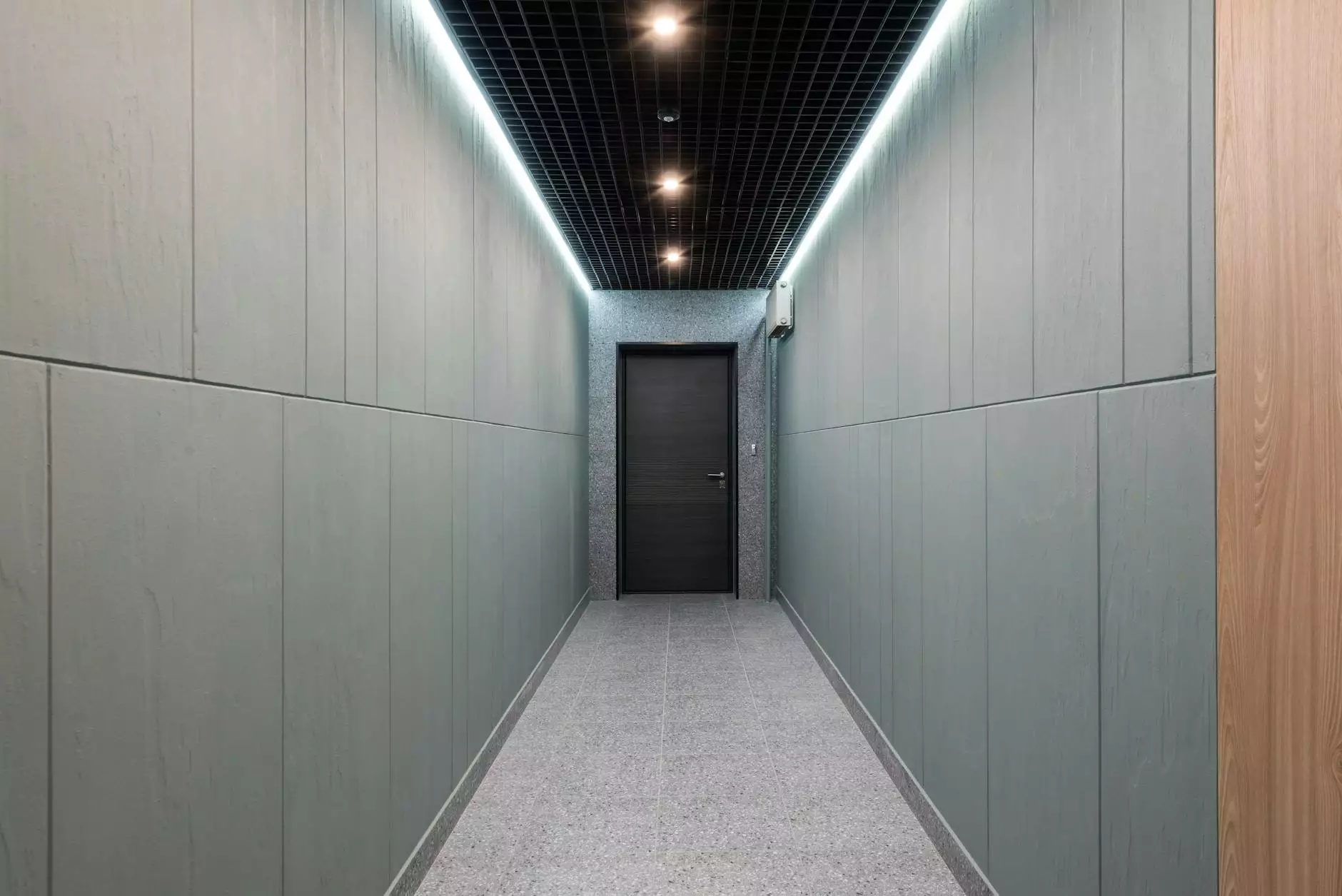Understanding the Unilateral Salpingo Oophorectomy Procedure

The unilateral salpingo oophorectomy procedure is a significant surgery that plays an essential role in the field of women's health. This operation involves the removal of one ovary and one fallopian tube, and it is critical for various medical conditions, including ovarian cysts, ectopic pregnancies, and even certain types of cancer. Understanding this procedure can empower patients facing surgical options and help them make informed decisions about their health. In this article, we will delve deeply into the procedure, covering everything from the indications and benefits to the recovery process.
What is a Unilateral Salpingo Oophorectomy?
The term "unilateral salpingo oophorectomy" originates from several root words in the field of gynecology. "Unilateral" means one side, "salpingo" refers to the fallopian tube, and "oophorectomy" denotes the removal of an ovary. Thus, this procedure specifically involves excising one ovary and the corresponding fallopian tube.
Indications for the Procedure
Several medical conditions may lead a healthcare provider to recommend a unilateral salpingo oophorectomy. Here are some of the most common indications:
- Ovarian Cysts: Large or persistent cysts can cause pain or discomfort, and removal may be necessary if they do not resolve with conservative treatment.
- Ectopic Pregnancy: When a fertilized egg implants outside the uterus, often in a fallopian tube, surgical intervention is typically needed to prevent complications.
- Endometriosis: This painful condition occurs when tissue similar to the uterine lining grows outside the uterus, which can sometimes affect the ovaries and fallopian tubes.
- Ovarian Tumors: The presence of benign or malignant tumors may require surgical evaluation and possible removal to prevent the spread of cancer.
- Pelvic Inflammatory Disease (PID): Severe infections can compromise ovarian and tubal function, necessitating surgical intervention.
Benefits of the Procedure
The unilateral salpingo oophorectomy procedure offers several benefits:
- Pain Relief: Many patients report significant pain relief after the removal of problematic cysts or affected tissue.
- Preservation of Fertility: Since only one ovary is removed, the other ovary typically remains functional, allowing for the possibility of natural conception.
- Early Detection of Cancer: The procedure can also serve as a diagnostic tool, allowing for biopsy and analysis of suspicious growths.
- Improved Quality of Life: By resolving underlying health issues, patients may experience an overall improvement in their health and daily functioning.
Risks and Considerations
Like any surgery, a unilateral salpingo oophorectomy carries certain risks. Understanding these risks can help patients weigh their options better:
- Infection: As with any surgical procedure, there is a chance of postoperative infection at the incision site or internally.
- Bleeding: Excessive bleeding may occur during or after the procedure, which may require additional medical intervention.
- Anesthesia Risks: Reactions to anesthesia, though rare, are possible and can pose risks during surgery.
- Impact on Hormones: Although one ovary will remain, hormonal balance can still be affected, particularly concerning menstrual cycles and menopause.
- Possible Need for Further Surgery: In some cases, additional surgeries may be required if complications arise or issues persist.
Pre-Procedure Preparation
Preparation for the unilateral salpingo oophorectomy procedure involves several important steps:
- Medical Evaluation: A comprehensive evaluation by a healthcare provider, including imaging tests like ultrasound or CT scans, will help determine the necessity of the procedure.
- Discussion of Medications: Patients should provide their doctor with a full list of medications, including herbs and supplements, to discuss which ones should be paused before surgery.
- Preoperative Instructions: Patients will receive instructions regarding dietary restrictions and activity levels leading up to the surgery date.
- Emotional Preparation: Understanding and mentally preparing for the procedure is crucial; discussing any concerns with a mental health professional or support group may be beneficial.
The Procedure Itself
The unilateral salpingo oophorectomy is typically performed as follows:
- Anesthesia: Most procedures are performed under general anesthesia, meaning the patient will be asleep and pain-free.
- Incision: The surgeon will make an incision, usually in the lower abdomen, to access the affected ovary and fallopian tube.
- Removal: After identifying the ovary and fallopian tube, they will be carefully removed from the body.
- Suturing: Following the removal, the surgeon will stitch up the incision, often using dissolvable stitches to minimize the need for a follow-up visit.
- Recovery: Patients are usually monitored briefly in a recovery room before being sent home with specific instructions for postoperative care.
Post-Procedure Recovery
The recovery process after undergoing a unilateral salpingo oophorectomy is crucial for ensuring optimal healing and returning to daily activities:
- Rest and Recovery: Patients are advised to rest and limit physical activity for a few days immediately following surgery.
- Pain Management: Over-the-counter pain relievers or prescribed medications may be used to manage postoperative discomfort.
- Follow-Up Appointments: A follow-up visit will typically be scheduled within a few weeks to monitor healing and discuss pathology reports, if applicable.
- Recognizing Complications: Patients should be educated on signs of potential complications, such as fever, excessive swelling, or increased pain, and when to seek immediate medical attention.
- Gradual Return to Activities: Most individuals can return to normal activities in about 2 to 6 weeks, although this can vary based on individual recovery rates.
Emotional and Psychological Considerations
The physical aspects of surgery are only part of the journey. The emotional and psychological impacts of undergoing a *unilateral salpingo oophorectomy* can be significant:
- Understanding Feelings: It is normal for patients to experience a range of emotions, from relief to anxiety or sadness about changes in their body.
- Support Systems: Building a strong support network, including friends, family, or support groups, can help navigate emotional challenges.
- Therapy Options: Consider seeking professional counseling to explore feelings surrounding fertility, body image, and overall health.
- Education: Knowledge is empowering. Learning more about health and wellness can reduce anxiety and enhance feelings of control.
Conclusion
In conclusion, the unilateral salpingo oophorectomy procedure is a critical surgical option for treating various gynecological conditions. By carefully weighing the benefits and risks, preparing adequately, and understanding the emotional aspects involved, patients can take proactive steps toward improving their health and quality of life. If you are considering this surgery or have questions, reach out to experienced professionals like those at Dr. Seckin's practice, where compassionate care meets expert knowledge in the field of obstetrics and gynecology.
By fostering a strong understanding of the procedure, patients can face their surgical journey with confidence and clarity, paving the way for a healthier future.









